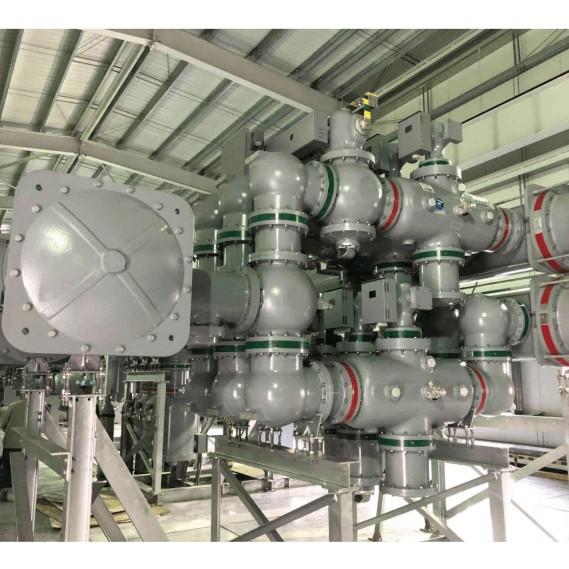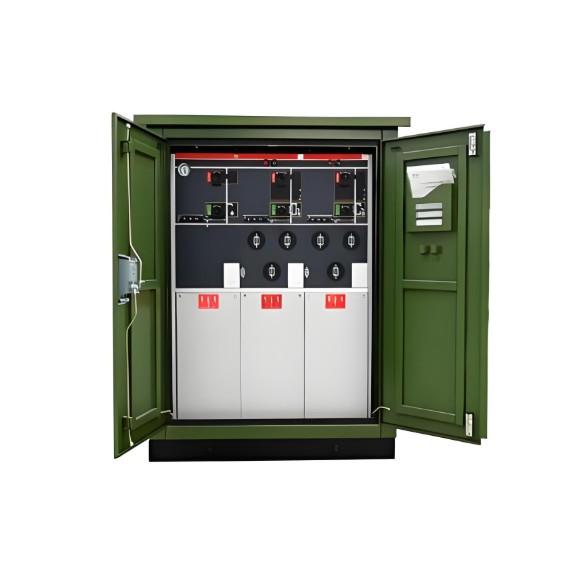- Product
- Suppliers
- Manufacturers
- Solutions
- Free tools
- Knowledges
- Experts
- Communities
Search
-
כלי חינם
-
IEE Business מציעה כלים חינמיים המופעלים על ידי בינה מלאכותית לעיצוב הנדסת חשמל והקצאת תקציב לרכישת חשמל: הכנס את הפרמטרים שלך לחץ על חשב וקבל תוצאות מיידיות עבור טרנספורמרים, חיבורים, מנועים, עלויות ציוד חשמלי ועוד — בחסותו של מהנדסים ברחבי העולם
-
-
תמיכה וספונסרינג
-
IEE-Business תומך בפתרונות מובילים עסקים ומומחיות - יוצרת פלטפורמה שבה חדשנות נפגשת עם ערךידע טכני יוצא דופןהצטרף ושתף ידע טכני כדי להרוויח מהספונסריםפתרונות עסקיים מצויניםהצטרף וצור פתרונות עסקיים להרוויח מנותריםמומחה ייחודיהצג את כישרונותיך לנותני החסות, רוויח לעתיד!
-
-
קהילה
-
בנו את הקהילה המקצועית שלכםמצא והתחבר עם עמיתים בתעשייה, שותפים פוטנציאליים ובעלי תפקידים מכריעים כדי לגדול את העסק שלךהרחב את הרשת האישית שלךהתחבר לרעיונות מקצועיים, שותפים פוטנציאליים ובעלי תפקידים מכריעים כדי להאיץ את הצמיחה שלךגלה ארגונים נוספיםגלות חברות יעד, שותפים ומובילי תעשייה כדי לפתוח הזדמנויות עסקיות חדשותJoin Diverse Communitiesהצטרף לדיונים על סמך נושאים, חילופי מידע בין ענפים ושיתוף משאבים כדי להגביר את ההשפעה שלך
-
-
השתתפות עמנו
שותף
-
-
הצטרף לתוכנית השותפות של IEE-Businessהצמיחה העסקית — מהכלים הטכניים להרחבה עסקית גלובלית
-
-
-
עברית
-
- English
- Afrikaans
- العربية
- Azərbaycan dili
- български
- বাংলা
- Català
- Cebuano
- čeština
- Dansk
- Deutsch
- Ελληνικά
- Esperanto
- Español
- Eesti keel
- Euskara
- دری
- فارسی
- suomi
- Filipino
- français
- Gaeilge
- Galego
- Hausa
- עברית
- हिन्दी
- Hrvatski
- magyar nyelv
- հայերեն
- Bahasa Indonesia
- Íslenska
- Italiano
- 日本語
- ქართული
- Қазақ тілі
- ಕನ್ನಡ
- 한국어
- Kurdî
- Latina
- Latviešu valoda
- македонски јазик
- Bahasa Melayu
- Malti
- नेपाली
- Nederlands
- Norsk
- ਪੰਜਾਬੀ
- polski
- پښتو
- Português
- Русский язык
- සිංහල
- Slovenščina
- српски језик
- Svenska
- Kiswahili
- தமிழ்
- తెలుగు
- ไทย
- Tagalog
- Türkçe
- українська мова
- اردو
- Oʻzbek tili
- Tiếng Việt
-
-
עברית
-
- English
- Afrikaans
- العربية
- Azərbaycan dili
- български
- বাংলা
- Català
- Cebuano
- čeština
- Dansk
- Deutsch
- Ελληνικά
- Esperanto
- Español
- Eesti keel
- Euskara
- دری
- فارسی
- suomi
- Filipino
- français
- Gaeilge
- Galego
- Hausa
- עברית
- हिन्दी
- Hrvatski
- magyar nyelv
- հայերեն
- Bahasa Indonesia
- Íslenska
- Italiano
- 日本語
- ქართული
- Қазақ тілі
- ಕನ್ನಡ
- 한국어
- Kurdî
- Latina
- Latviešu valoda
- македонски јазик
- Bahasa Melayu
- Malti
- नेपाली
- Nederlands
- Norsk
- ਪੰਜਾਬੀ
- polski
- پښتو
- Português
- Русский язык
- සිංහල
- Slovenščina
- српски језик
- Svenska
- Kiswahili
- தமிழ்
- తెలుగు
- ไทย
- Tagalog
- Türkçe
- українська мова
- اردو
- Oʻzbek tili
- Tiếng Việt
-



























